Love ’em or hate ’em, the only thing that’s certain is that you’ll never forget your first meeting with the ajumma of Korea!
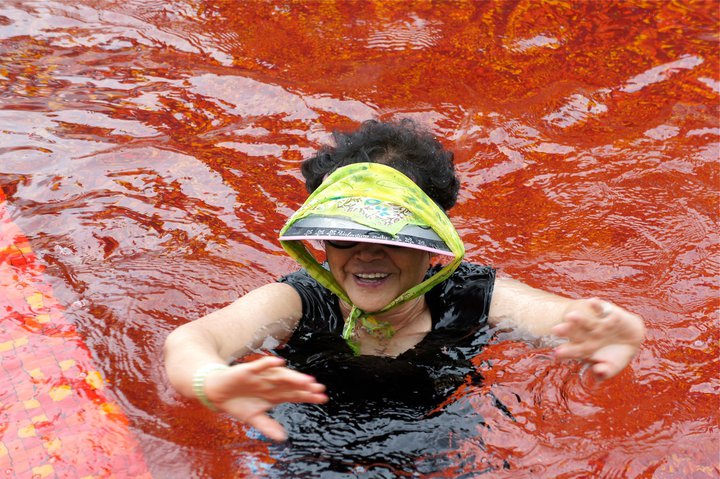
Ajumma (not in natural habitat)
*Any purchases made through affiliate links on this site help me run this blog. Support my blog here.
In this guide
Meaning of Ajumma in Korean | 아줌마
If you watch K-dramas, listen to K-pop or just love Korea in general, you’ve no doubt heard the term ajumma. But what does it actually mean?
In real terms, ajumma in Korean (아줌마), simply means married or marriage age woman. That would make me one… you know, on account of having been married.

My mom and aunt are married – are they ajumma? Hmm… they ARE wearing visors.
However, many women (myself included) balk at being called as such, despite it technically being a “respect” word in the Korean language. But why is that?
Because it has a wider cultural meaning…
Korea Travel Essentials
Travel Visas
Travel requirements, visas, and passport photos for a trip to South Korea
Hotels and Other Accommodation
Booking | Agoda | Klook | HotelsCombined
Travel Insurance for South Korea
Malaysian Residents | Singapore Residents | Thai Residents
Wifi, SIM Cards, and Portable Wifi
4G unlimited data SIM card | Portable and Pocket 4G WiFi
Airport Transfers and Luggage Delivery
AREX Incheon Airport Express Train
K Airport Limousine Bus from Incheon Airport
Incheon Airport to Seoul Private Transfers
Gimhae Airport to Busan Private Airport Transfers
Luggage Delivery To / From Hotel or Airport
Money-Saving Transit and Transport Passes
Visit Busan Pass with FREE admission to 31 attractions + 77 discounted
Korea Tour Card (T-Money) Transit Card
Hop-on Hop-off Bus Tours
Seoul City Hop-on Hop-off Tour Bus Day | Seoul Night View Course
Daegu Hop-on Hop-off Tour Bus Tour
Day Tours and Discounted Admission Tickets
Get Your Guide | Klook | Trazy | Viator
What is an Ajumma? (aka Ahjumma)
The ajumma can be found in large concentrations in any major city on the Korean peninsula, although they may sometimes be found settling overseas in sub-Korean habitats. They typically communicate with a loud, raspy cackle. Solo ones are common, but they’re usually found in hordes. May be confrontational.
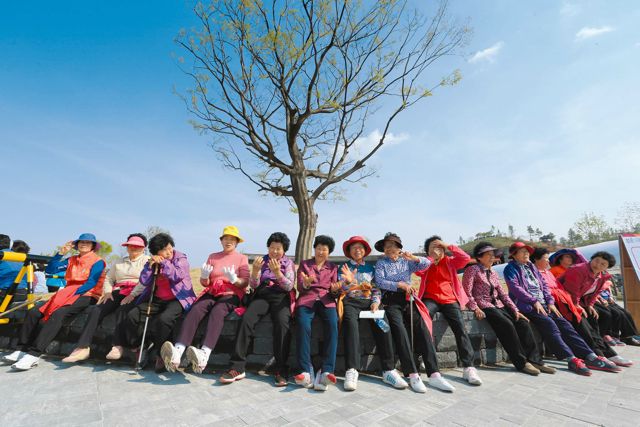
The ajumma horde taking a rest
Description
For a species that appears in such great quantities on the peninsula, the appearance of the Ajumma is surprisingly uniform. Typically, they’re over 60 years of age, though younger variants have been found in nature.
They’re usually marked by tightly permed and short, black hair, although in major habitats like Seoul, mutated varieties with purple and pink hair have been spotted out and about.
From afar, the hair is usually covered by an extremely oversized visor, but upon closer examination, it is very easy to spot the perm lurking beneath. They’re usually less than 5 feet tall, but their build can range from lean to stocky. No matter the build, they are all incredibly strong and should be approached with caution.

This dog has ajumma style too!
The coat is usually made up of an eye-searing mishmash of checked patterns, stripes and sometimes sparkles. During certain seasons, the entire body of the ajumma is covered up with different pieces of clothing to prevent the sun from reaching the skin and turning it brown.
TIP | Ajumma keep their skin plump and healthy-looking with regular skincare and facial massage. SPA 1899 is a favourite amongst Korean celebrities and visitors from all over the world for its signature red ginseng treatments. Get yourself some ajumma skin by booking a facial at Spa 1899 here.
Signs and Sounds
The call of the ajumma horde is one of the most bewildering wilderness sounds around. The low, raspy cackle, neither male nor female, can be heard for miles in any direction. They often cackle together at their rendezvous sites, whether it be a subway platform, department store or coffee shop, and seem to enjoy it very much.
Ajumma Habitat and Habits
Ajummas are territorial. Each horde occupies an area and will defend against intruders by pushing, shoving or cackling. Sizes of territories vary greatly, and are dependent on the abundance of prey available. Extreme caution should be taken in the entrances of subway cars, on escalators, and on pedestrian sidewalks.
The hordes can often be spotted in the early morning, marching together around Namsan Park or the Han River. They usually camouflage themselves in matching vinyl jackets and ill-fitting shoes for these habitats. They can also be found clapping their hands in unison and singing off-key at public cultural performances, such as those found in front of City Hall in Seoul.
Feeding Habits of the Ahjumma
These women have healthy, but finicky appetites. Usually their own home cooking is the only acceptable alternative. However, when they do venture outside of their homes, they expect to get the most for the least, and nothing is ever good enough, comparatively speaking.
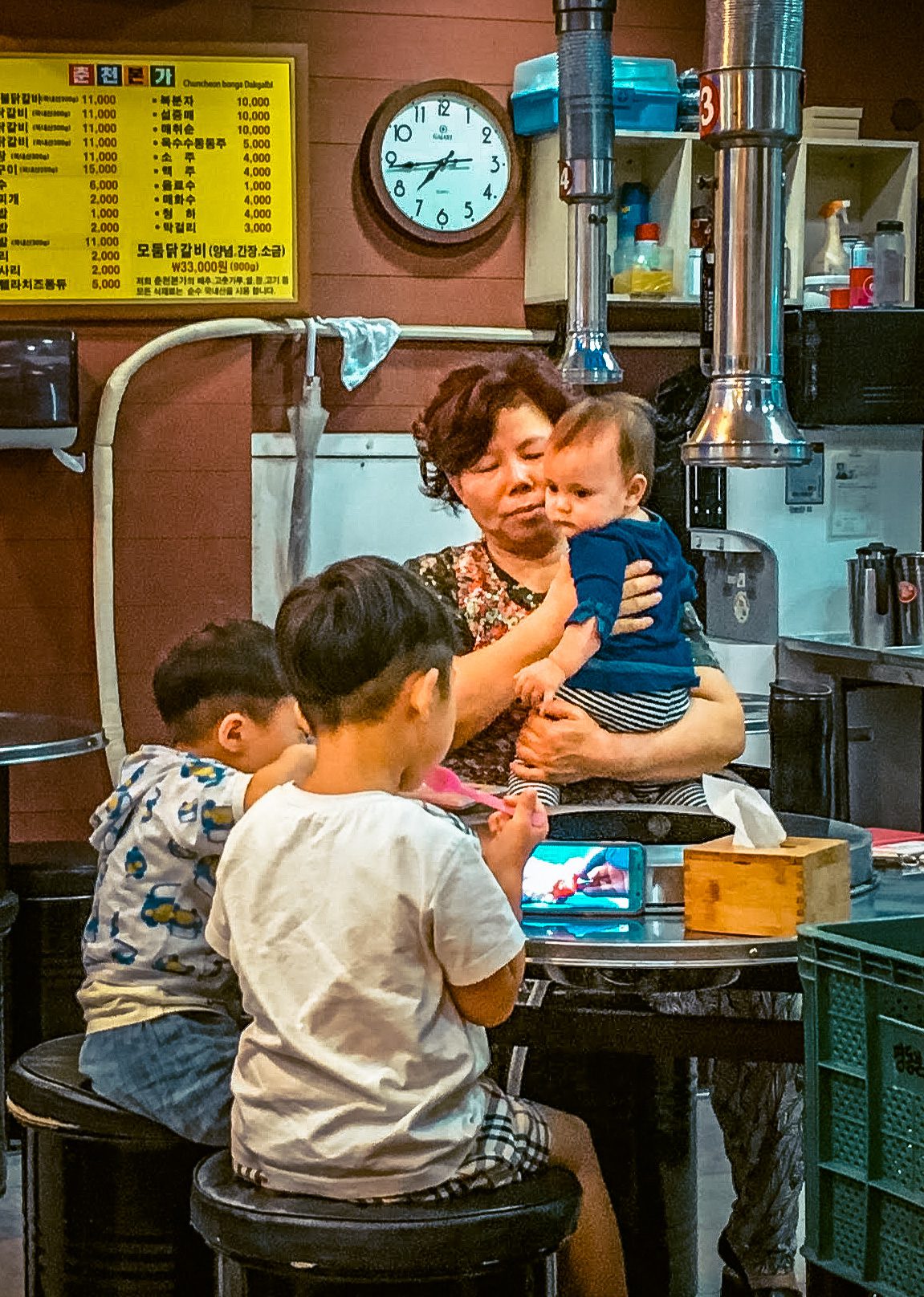
It’s not uncommon for 아줌마 to randomly take care of your child.
Mostly found only in Korean restaurants, the ajumma horde will have the young staff running around in panic within minutes.
Unique characteristics
While these women can sometimes be dangerous, if you approach one with caution, you will find that under their gruff exteriors, they are usually kind and willing to feed you ridiculous amounts of food. They are usually good cooks.
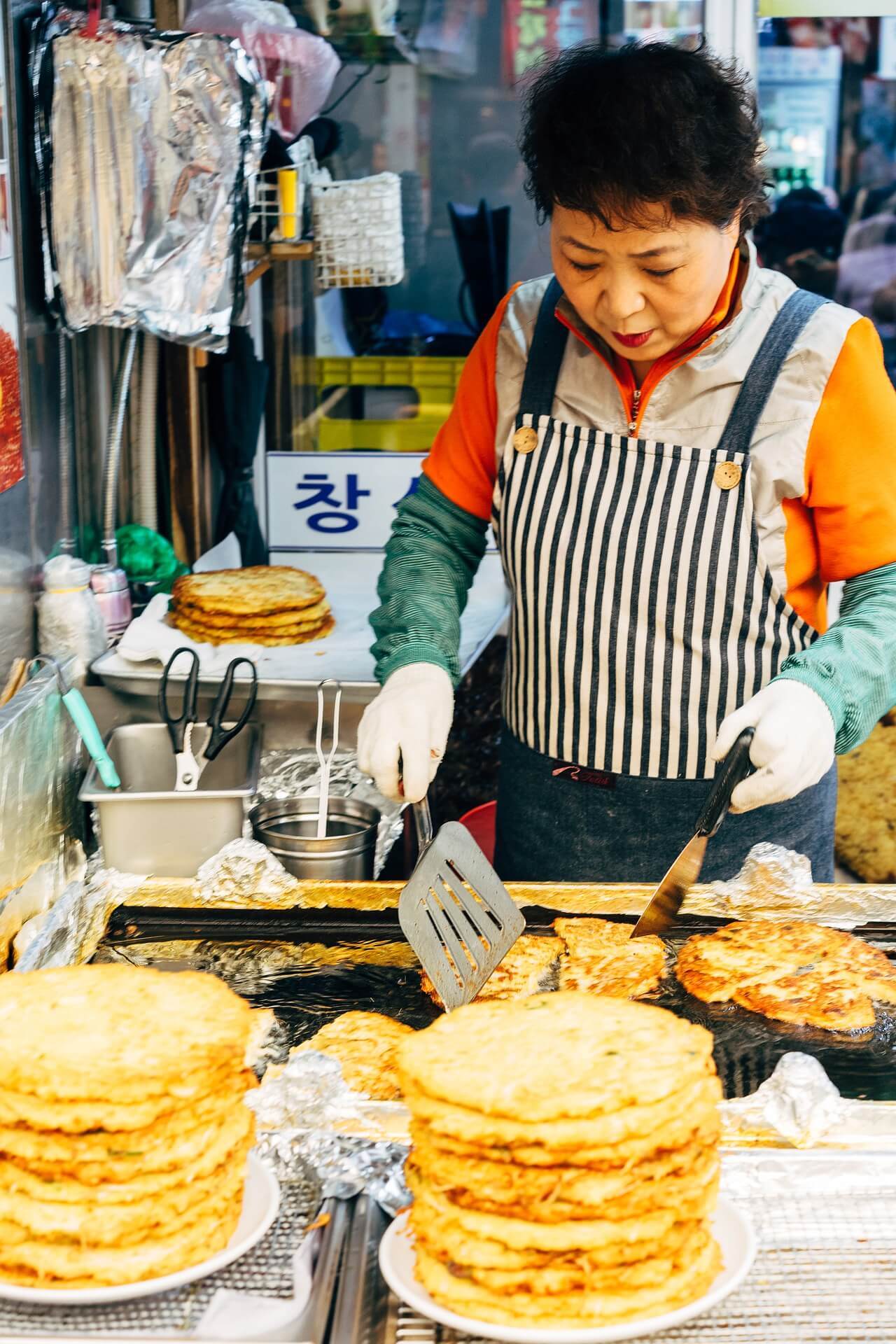
Ajumma usually give me a few extra pieces for free!
Though the men and governments of Korea think they are running the country, in reality, it is the ajumma that has all the power.
TIP | You’re sure to meet plenty of ajumma at the jjimjilbang or Korean bathhouse. Maybe one will even teach you how to make Korean sheep head. Dragon Hill Spa is a massive place full of saunas, baths, swimming pools, amusement areas, and places to relax. Score discounted tickets to Dragon Hill Spa here.
Conservation Efforts
In recent years, this species was thought to be dying out, due to an influx of western media styles and influences. However, this has proven false. The ajumma is one of the most durable genetic strains in nature and should remain a force to be reckoned with for many years to come.
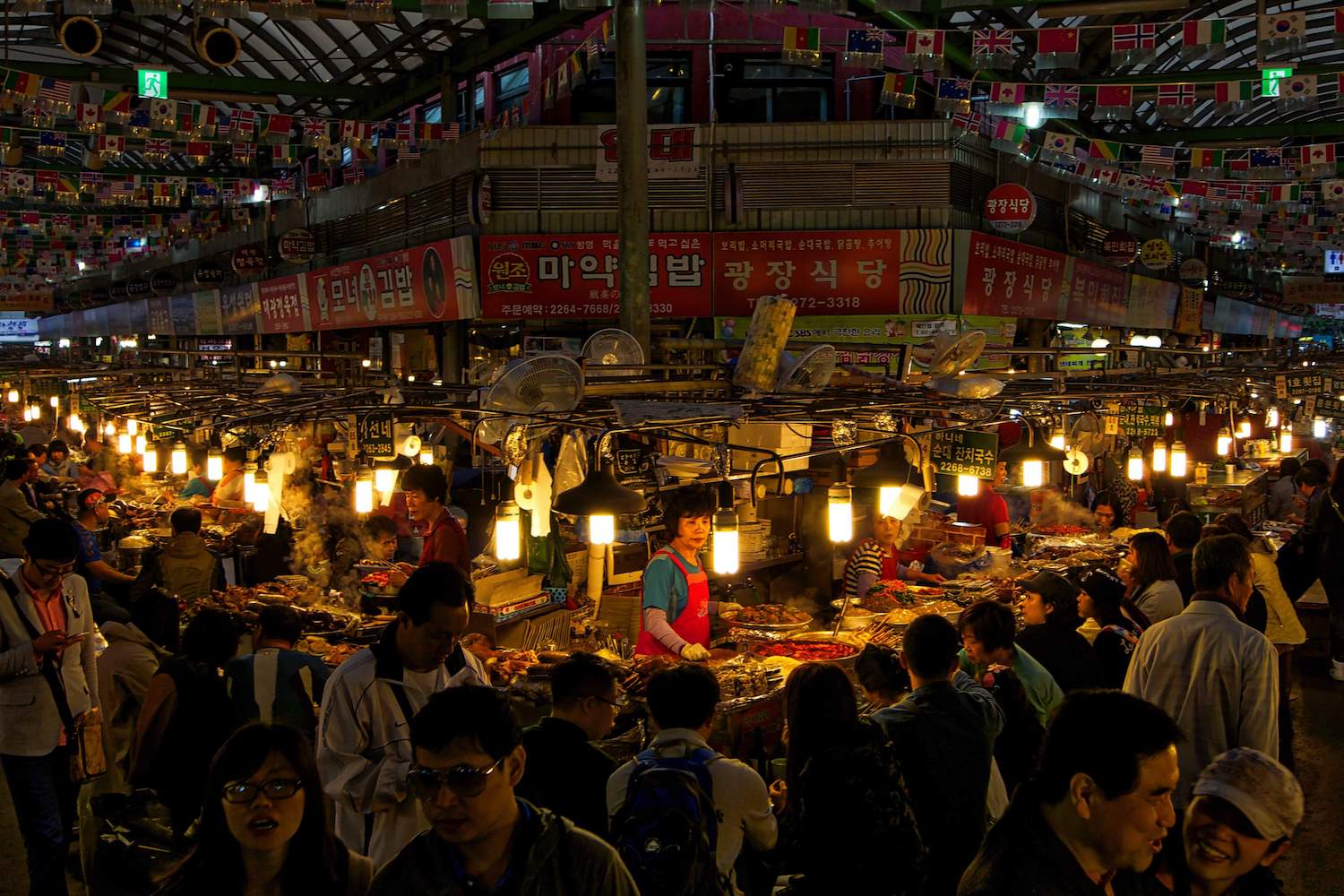
Gwangjang Market is a great place to look out for ajumma!
Power and Gratitude to the Ajumma
These amazing women lived through the scarcity of the Korean War and it was through some of their hard work and indeterminable mental and physical strength that South Korea was raised from total poverty to the modern and wealthy country it is today. We owe them our thanks, so overlook their pushiness when you can – remember what they lived through. 🙂
Did this article help you? Writers (and moms especially) need caffeine!
Help support my small business with a cup of coffee.
Ajumma | Ahjumma: Essential Info and FAQs
Have you had any run-ins with these amazing Korean women? Share your experiences in the comments below!


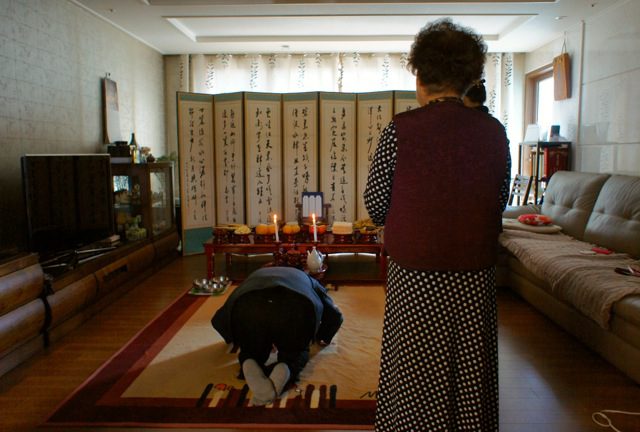
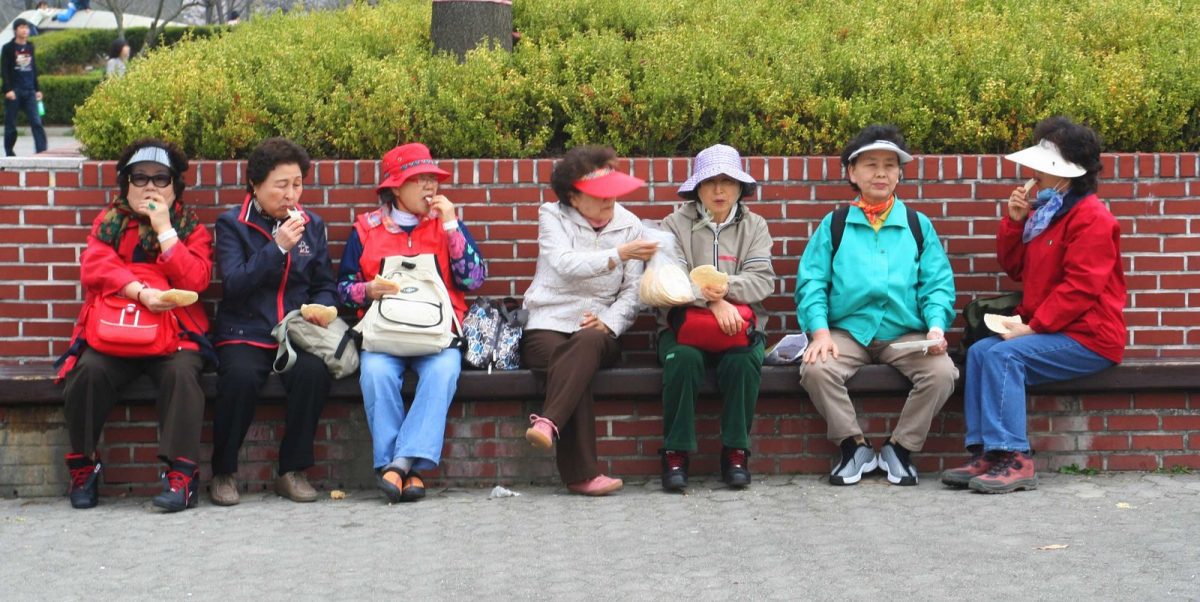
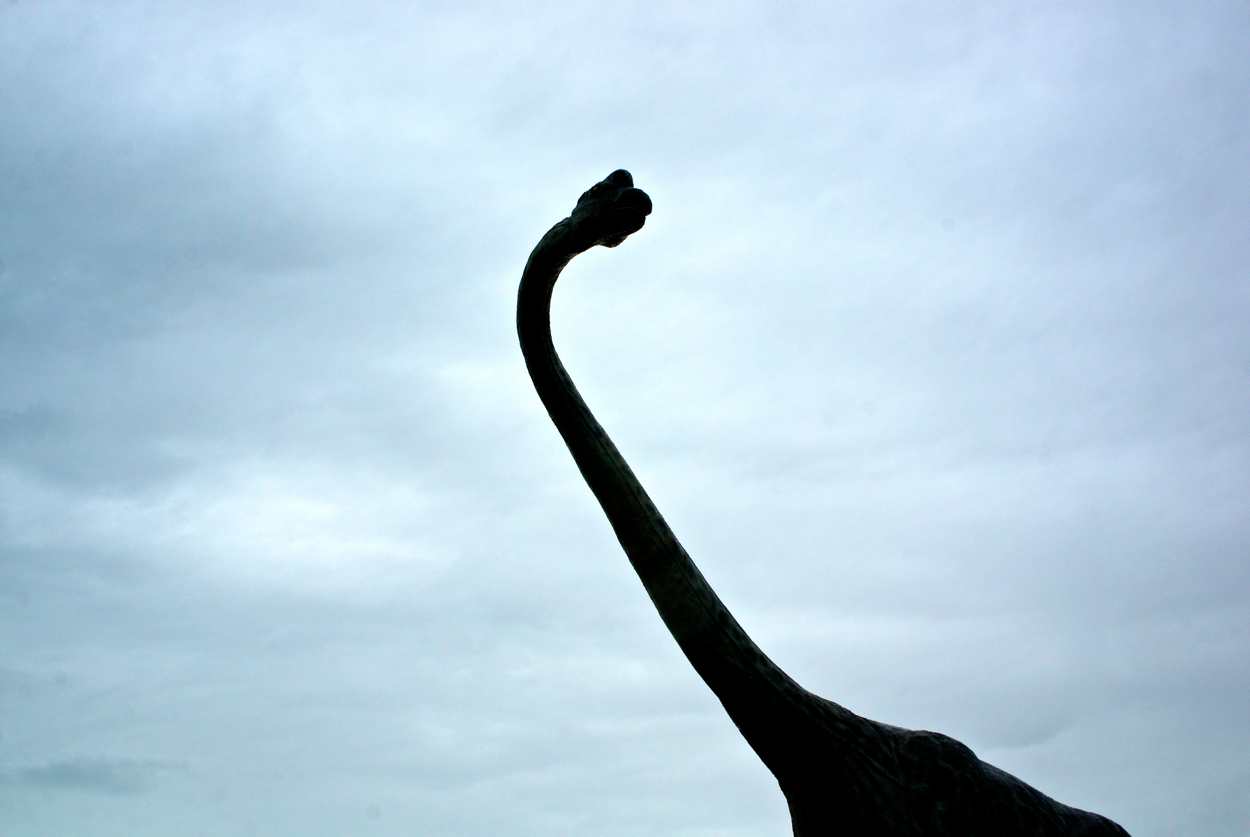


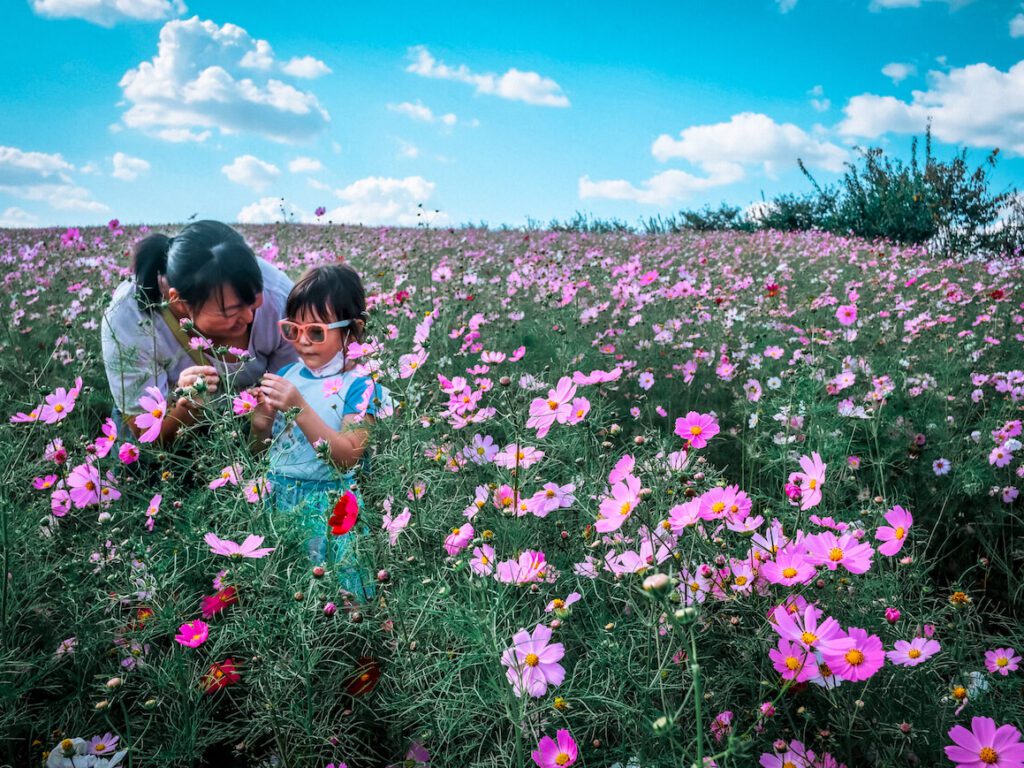
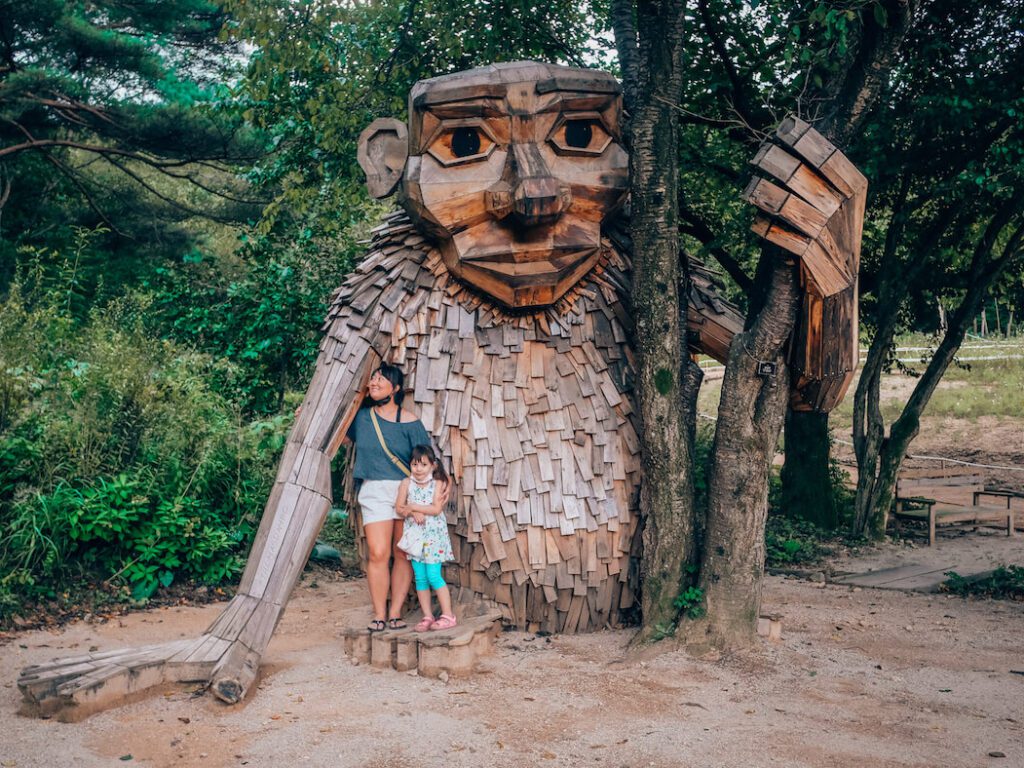
Elliot
Haha. This article made me laugh. I was out to diiner with some Korean friends and I called my (slightly older) Korean friend an Ajumma just to see her reaction. Both of them said it was risky to call people that, but knew I was just joking.
Looking forward to visiting this year and putting my very limited Korean to the test now that the quarantine requirement is gone. Maybe meet an Ajumma who is happy to feed me haha
shelley
Haha ajummas are the best. But, I can’t believe the quarantine is actually gone. I keep waiting for the other shoe to drop somehow. When do you plan on visiting? Must be a LOT of pent-up demand to travel here…
Lee Ann Kim
Loved this post! I started a fun Ajumma group here in San Diego called Ajumma EXP (ajummaexp.com) and we embody many of these concepts, but go a little deeper. Ajummas work really hard, and carry a lot of burden for their families and communities. We believe that being an ajumma should carry a sense of pride instead of shame, and we hope to shine a bright spotlight on the joy of middle agedom. 🙂
shelley
Hi Lee Ann! I’ve seen your videos and love them!! I agree! Ajummas are the emotional, spiritual, and physical heart of Korea. I’ve lived in Seoul for the last 12 years, and my understanding of what it means to be a Korean woman (even though I don’t have to personally carry most of the “burden”) has evolved and deepened. This place would fall apart without them… literally.
Sue Vosper
Well, that was a fun read! I can now totally picture, and kind of love, the Ajumma. Thanks!
shelley
Hahaha, they are definitely one of a kind! :p
Brian
That was very fun to read! I’ve never been to Korea, but I teach English to Koreans online. One of my students described herself as an ajumma. Now I know what that is! Thank you.
shelley
Haha I don’t think your student would describe herself the way I did in this post. Most ajumma I’ve met here have no idea of how they are seen by the rest of the (foreign) world. :p Now, you’ll just have to get here and meet an ajumma for yourself.
Mikhaela Javier
This post is really on point! Ahjumma is actually one of a kind in Korea
Shelley @Travel-Stained
You never forget your first meeting with ajumma. 😉
senangsenangyuks
Ahjumma is one of a kind. I remember one Ajumma in the train offer me to come to her house to have chit chat and snacks, so sorry I was in hurry and have some business to do back then. 😀
Shelley @Travel-Stained
Yes ajumma are definitely unique. Haha, she probably wanted to practice her english for free. 😉
Rosh
This is a very entertaining article! Great job!
Shelley @Travel-Stained
Thanks Rosh! It was a lot of fun to write. 😉
Sandy
Monty Python would be proud of this article. Have you ever watched their comedy skit called “Hell’s Grannies”? The dry humour in this and the subject matter reminds me to some extent of that. (Only, you know, for real.) 😀
Shelley @Travel-Stained
Oh wow! Thanks for the amazing comment. 😀 I haven’t seen that skit, but it seems I’ll have to find it and watch it immediately!!
Sandy
Tell me what you think of it when you do. 🙂
It’s the best quality one on Youtube if you just ignore the subtitles. I know it was meant to mock the image of teenagers that we have in the west, but the ajummas are very susceptible to a similar presentation in humour. Hope you like it too!
Shelley @Travel-Stained
Aww thanks for finding that link for me! Lol…it’s been awhile since I watched any Monty Python…not since University Days and afternoons watching Life of Brian.
You’re right, there could be a whole series of skits dedicated to the ajumma in the same style. I’ve been meaning to write a similar thing on the Soybean Paste Girl here in Korea, which is another archetype that could be treated in a similar way. Have you heard of them?
Po' Girl Shines
Very amusing and entertaining article!
Shelley @Travel-Stained
I’m glad you enjoyed it! Have you had any experience with the AJUMMA? 😉
ud
hilarious and on point
Shelley @Travel-Stained
Glad you enjoyed 🙂
Elisa Lipton @ Beach Girl Abroad
Oh How I MISS the ajjumma’s offering me food in the streets, especially in the winter. Mmmm warm chestnuts or a hot sweet potato. For real. So does not happen with their western counterparts. Do not miss getting shoved in the subway.
Shelley
We just moved house and are on Line 2 now, and it is crazy crowded, compared to Line 6. The shoving part is definitely not fun!
Elisa Lipton @ Beach Girl Abroad
I was on the orange (think line 3) at 8am every morning for a year. sardine can!!!! feel ya girl…just hold your own.
Shelley
You know the funny thing…ever since traveling by public transit in India and Egypt, the crowds on the Seoul subway no longer bother me. Instead, I am amazed by the efficiency and cleanliness and grateful to have such a safe, inexpensive and amazing mode of public transit.
In India and Egypt, you have to ride in “Women Only” subway cars to ensure you don’t get groped!!!
Shows once again that perspective is everything. 🙂